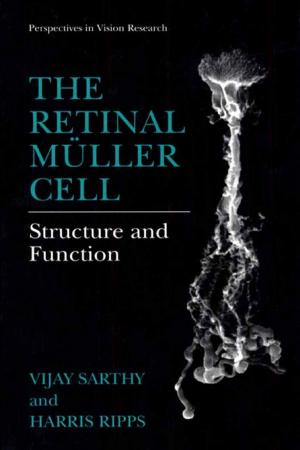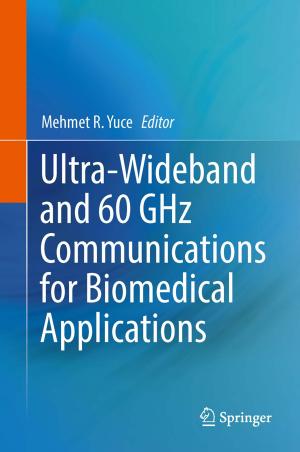Basics of Magnetic Resonance Imaging
Nonfiction, Health & Well Being, Medical, Medical Science, Biochemistry, Specialties, Internal Medicine, Neurology| Author: | William Oldendorf Jr., William Oldendorf | ISBN: | 9781461320814 |
| Publisher: | Springer US | Publication: | December 6, 2012 |
| Imprint: | Springer | Language: | English |
| Author: | William Oldendorf Jr., William Oldendorf |
| ISBN: | 9781461320814 |
| Publisher: | Springer US |
| Publication: | December 6, 2012 |
| Imprint: | Springer |
| Language: | English |
This book is not intended as a general text on MRI. It is written as an intro duction to the field, for nonexperts. We present here a simple exposition of certain aspects of MRI that are important to understand to use this valuable diagnostic tool intelligently in a clinical setting. The basic principles are presented nonmathematically, using no equations and a minimum of symbols and abbreviations. For those requiring a deeper understanding of MRI, this book will help facilitate the transition to standard texts. Chapters 1 through 4 provide a general introduction to the phenomenon of nuclear magnetic resonance and how it is used in imaging. Chapter 1 discus ses magnetic resonance, using a compass needle as an example. In Chapter 2, the transition to the magnetic resonance of the atomic nucleus is made. Chapter 3 describes the principles of imaging. In Chapter 4, the terms T 1 and T 2 are described and their relationship to tissue characterization; the fun damental role of thermal magnetic noise in T 1 and T 2 is discussed.
This book is not intended as a general text on MRI. It is written as an intro duction to the field, for nonexperts. We present here a simple exposition of certain aspects of MRI that are important to understand to use this valuable diagnostic tool intelligently in a clinical setting. The basic principles are presented nonmathematically, using no equations and a minimum of symbols and abbreviations. For those requiring a deeper understanding of MRI, this book will help facilitate the transition to standard texts. Chapters 1 through 4 provide a general introduction to the phenomenon of nuclear magnetic resonance and how it is used in imaging. Chapter 1 discus ses magnetic resonance, using a compass needle as an example. In Chapter 2, the transition to the magnetic resonance of the atomic nucleus is made. Chapter 3 describes the principles of imaging. In Chapter 4, the terms T 1 and T 2 are described and their relationship to tissue characterization; the fun damental role of thermal magnetic noise in T 1 and T 2 is discussed.















